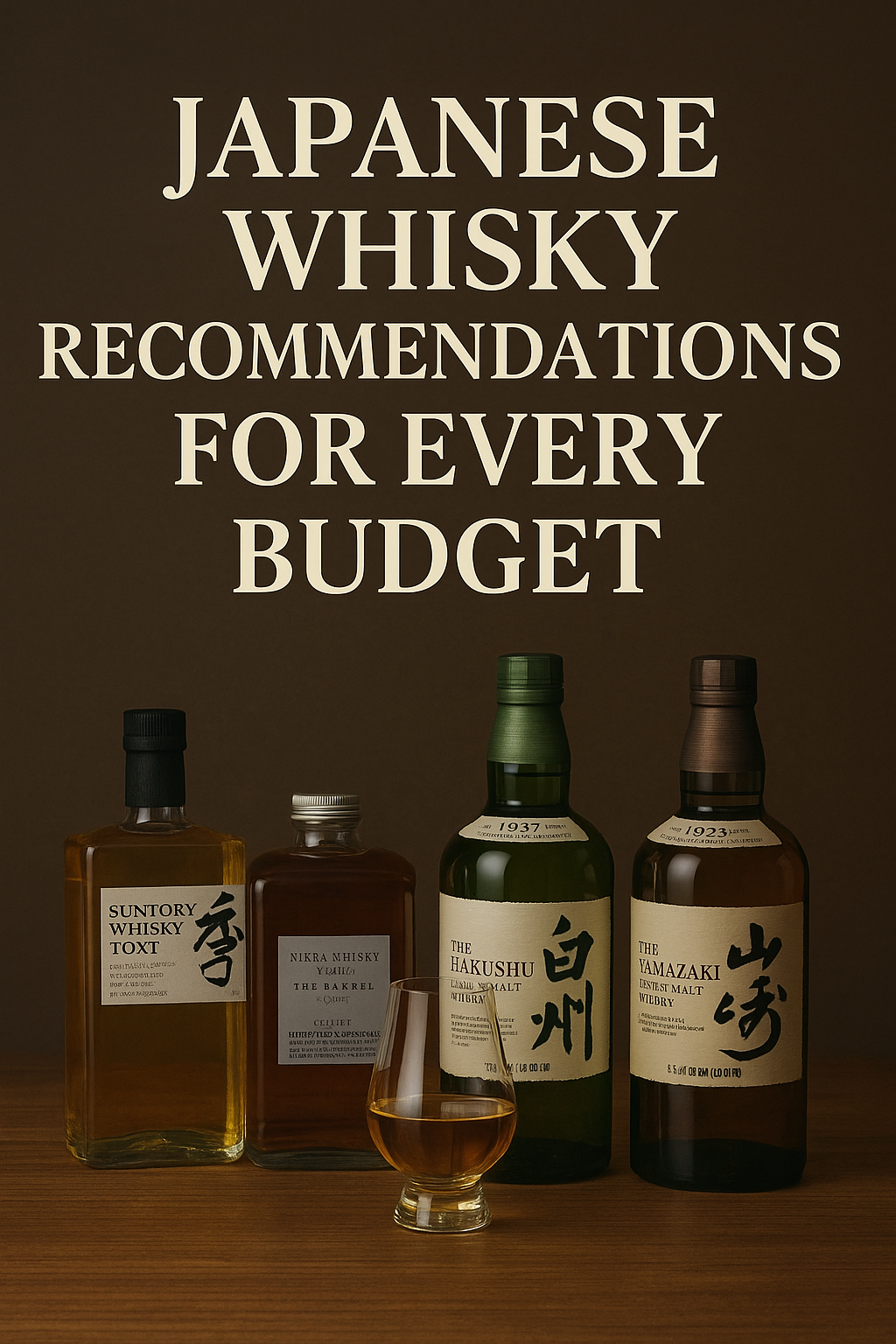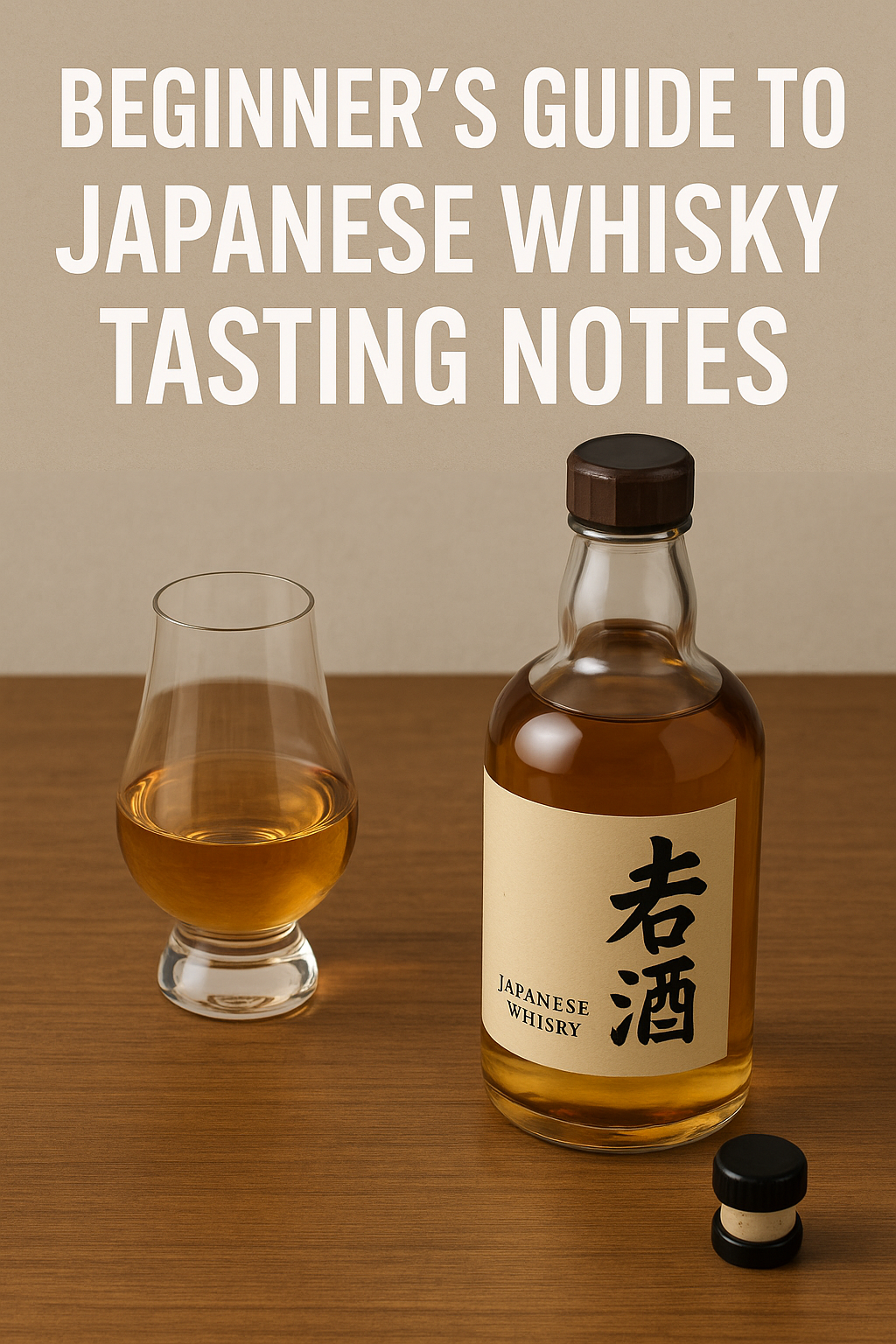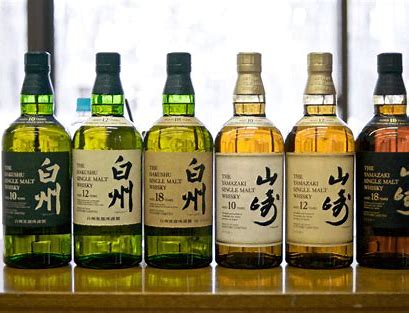Japanese Whisky Recommendations for Every Budget
Japanese whisky has become a global favorite, loved for its smooth taste, delicate flavors, and careful craftsmanship. Whether you’re new to whisky or have been sipping for years, you can find great Japanese whisky that suits your wallet. From affordable everyday sippers to luxury bottles for special days, this guide will help you discover Japanese whisky recommendations for every budget.
If you’re just getting started, or you’re looking to grow your collection, head over to the Whiskey Worlds shop for handpicked bottles.
Table of Contents
- Introduction to Japanese Whisky
- Why Is Japanese Whisky So Popular?
- Key Factors When Choosing a Whisky
- Best Japanese Whisky Under $50
- Top Picks: Japanese Whisky Under $100
- Mid-Range Choices: $100 to $200
- High-End Japanese Whisky Over $200
- Luxury and Collectible Japanese Whiskies
- Where to Buy Japanese Whisky Online
- Conclusion
- FAQs
Introduction to Japanese Whisky
Japanese whisky began its journey in the 1920s, inspired by Scottish whisky-making traditions. Since then, it has grown into a unique category with award-winning bottles and international praise. It focuses on clean, elegant flavors, often with soft smoke, light sweetness, and floral or fruit notes.
If you’re curious about the origins, check out our in-depth post on The History of Japanese Whisky Making.
Why Is Japanese Whisky So Popular?
Japanese whisky makers value precision, balance, and tradition. Here are a few reasons why their bottles stand out:
- Smoothness: Great for beginners and long-time drinkers.
- Quality ingredients: Clean water and local grains.
- Artful blending: Even affordable bottles are crafted with care.
- Versatility: Perfect for sipping, mixing, or gifting.
Key Factors When Choosing a Whisky
When buying Japanese whisky, consider:
1. Flavor Profile
Do you like sweet, smoky, floral, or spicy?
2. Age
Older whiskies often have more depth but can cost more.
3. Distillery Reputation
Brands like Suntory, Nikka, Mars, and Chichibu are known for quality.
4. Price Range
Stay within your budget and look for value.
Best Japanese Whisky Under $50
Yes, you can get good whisky without breaking the bank! Here are some solid options:
1. Suntory Toki
- Light and smooth with hints of green apple, honey, and basil.
- Great for highballs or neat.
- Approx. $40
2. Mars Shinshu Iwai 45
- Slightly bold with caramel, spice, and dark fruit.
- Works well in cocktails.
- Approx. $45
3. Nikka Days
- Soft, creamy, and easy to drink.
- Citrus and vanilla notes.
- Approx. $48
👉 Shop these at Whiskey Worlds.
Top Picks: Japanese Whisky Under $100
This is the sweet spot for quality and value.
1. Hibiki Japanese Harmony
- Beautifully balanced with orange peel, honey, and oak.
- Stunning bottle design.
- Approx. $90
2. Nikka From the Barrel
- Rich and intense with dried fruit, spice, and smoke.
- Powerful and full-bodied.
- Approx. $85
3. Akashi White Oak
- A light and sweet whisky for everyday sipping.
- Great for beginners.
- Approx. $60
💡 Visit our “Best Japanese Whisky Under $100” section on Whiskey Worlds.
Mid-Range Choices: $100 to $200
These whiskies are excellent for gifting or adding to a collection.
1. Yamazaki 12 Year
- Japan’s most famous single malt.
- Floral, fruity, with a bit of oak.
- Approx. $140
2. Hakushu 12 Year
- Lightly peated with green apple and herbs.
- Clean and refreshing.
- Approx. $170
3. Kurayoshi Pure Malt 12 Year
- Smooth and mellow with notes of vanilla, grain, and light smoke.
- Approx. $120
High-End Japanese Whisky Over $200
Ready to splurge? Here are some fan-favorite premium bottles:
1. Nikka Taketsuru 17 Year
- Deep and elegant.
- Complex layers of fruit, oak, and spice.
- Approx. $250
2. Mars Komagatake Limited Edition
- Rare and collectible.
- Rich and full of character.
- Approx. $300+
3. Hibiki 21 Year
- World-renowned for smoothness and complexity.
- Notes of dried plum, clove, and incense.
- Approx. $450+
Luxury and Collectible Japanese Whiskies
If you’re a collector or gift-giver, these are top-tier:
- Yamazaki 18 Year – Legendary depth, often $600+
- Karuizawa (closed distillery) – Extremely rare and valuable
- Chichibu Limited Editions – Small batches, high reviews
These are investment bottles—best bought from trusted sellers like Whiskey Worlds.
Where to Buy Japanese Whisky Online
For a wide range of Japanese whiskies, shop confidently at:
At Whiskey Worlds, we carry the best options across all price points. You can filter by price, distillery, and reviews to make an informed choice.
Looking for something under $100? Head over to our Japanese Whisky Deals now.
Conclusion
Japanese whisky recommendations for every budget are easier to find than ever. Whether you’re just dipping your toe into whisky or expanding your collection, there’s a bottle for you—from under $50 to luxury sips over $500.
🎯 Ready to discover your next favorite bottle?
👉 Visit Whiskey Worlds today and explore our expertly curated selection.
Frequently Asked Questions (FAQs)
Q1: What is the best beginner-friendly Japanese whisky?
A: Suntory Toki and Nikka Days are great for new drinkers.
Q2: Is Japanese whisky expensive?
A: Not always. You can find great options under $100.
Q3: Which Japanese whisky is the smoothest?
A: Hibiki Japanese Harmony and Yamazaki 12 are known for smoothness.
Q4: Where can I buy Japanese whisky online?
A: Whiskey Worlds offers a wide selection for every budget.
Q5: Are older whiskies always better?
A: Not always. Younger whiskies can offer bright, fresh flavors.
Related Reads:
Enjoy responsibly and explore more at WhiskeyWorlds.com!




